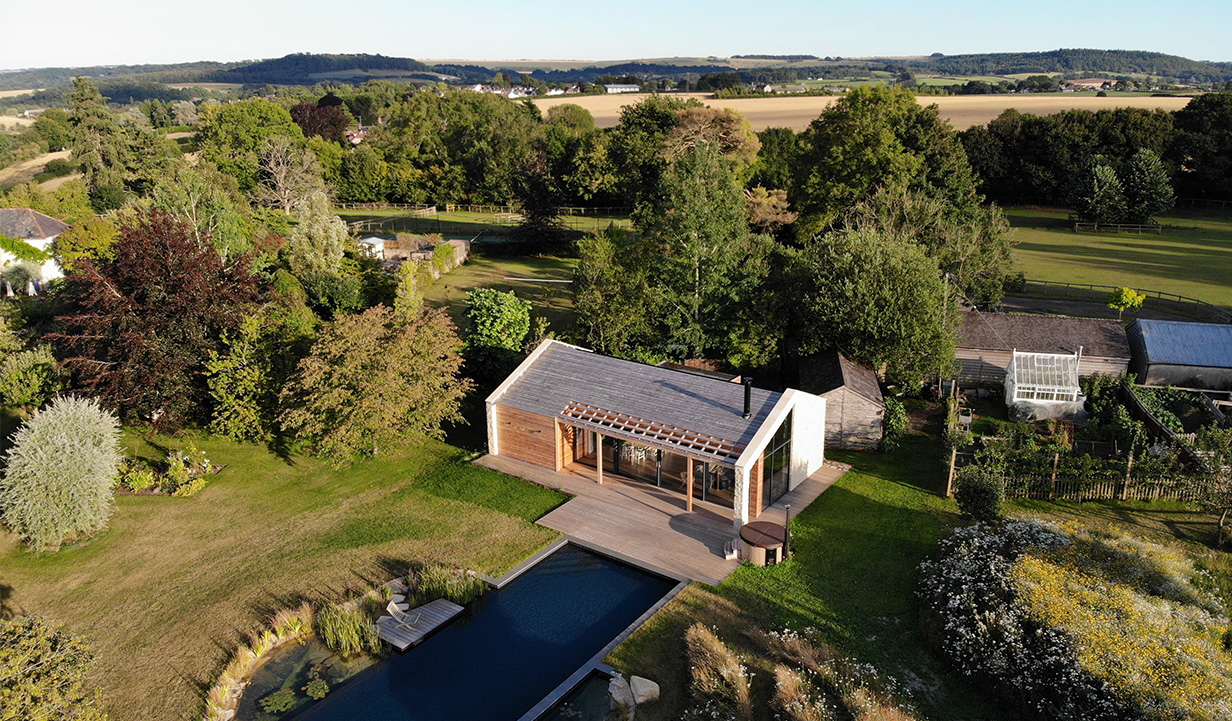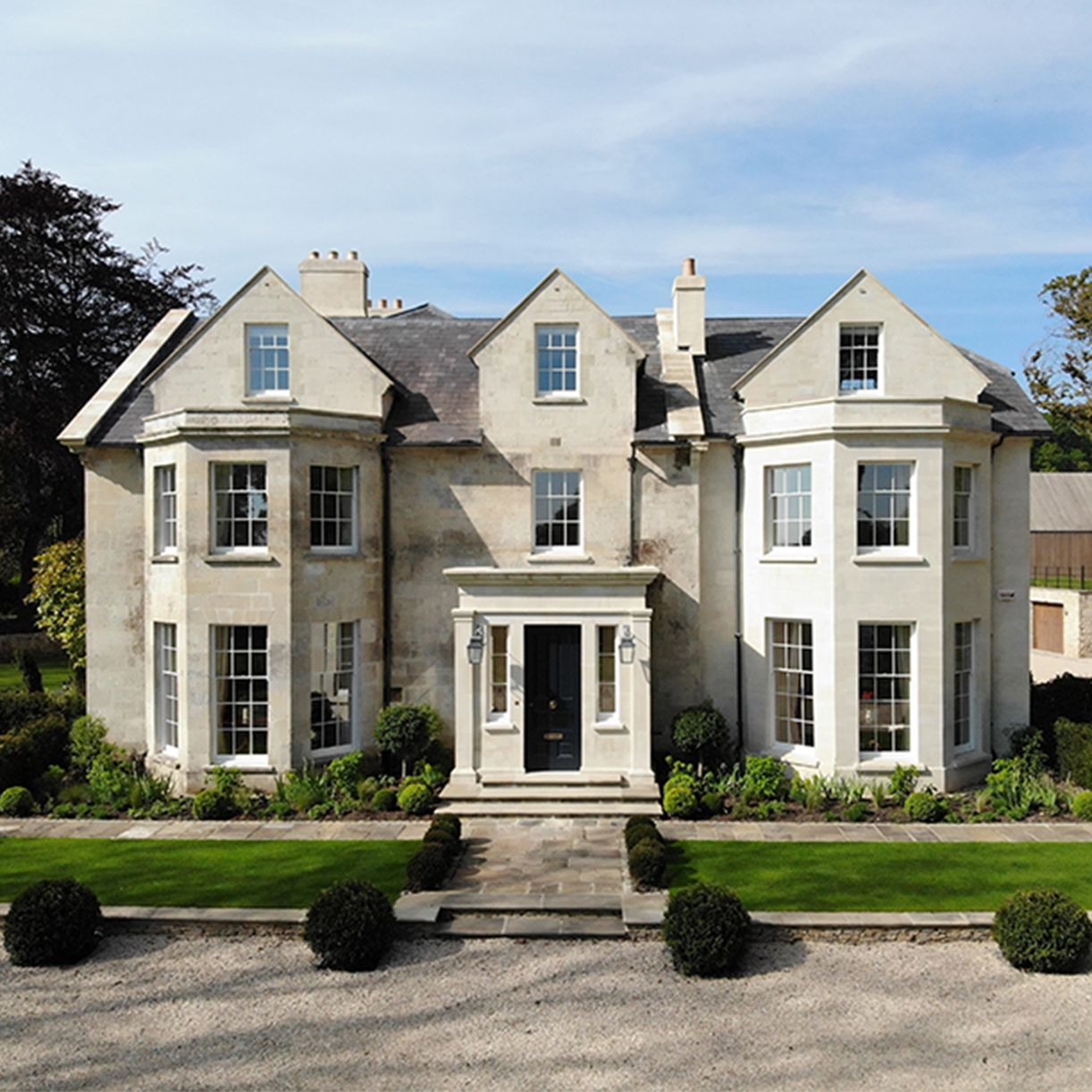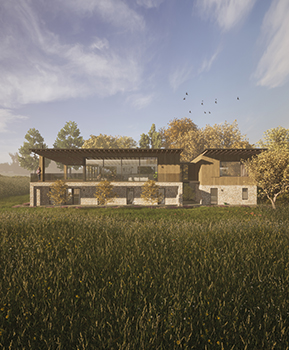A National Landscape (formerly known as an Area of Outstanding Natural Beauty) is land that has been specially designated for protection due to its landscape and features.
A National Landscape (formerly known as an Area of Outstanding Natural Beauty/AONB) is land protected by the Countryside and Rights of Way Act 2000 to enhance, preserve and conserve its natural beauty. To designate a National Landscape, Natural England must ensure that it meets the ‘natural beauty criterion’, and considers factors such as landscape or scenic quality, relative wildness or tranquillity, natural heritage features or cultural heritage.
There are 46 National Landscapes in the UK (referred to as a National Scenic Area – NSA – in Scotland). In the South-West, these include the Cranborne Chase & West Wiltshire Downs National Landscapes and the Dorset National Landscape, which stretches from Blandford Forum in the east to Lyme Regis and incorporates much of the Dorset coastline. The North Wessex Downs National Landscape lies to the north and Blackdown Hills to the west.
This interactive map can help you identify whether you live in a National Landscape or not.
Some permitted development rights and changes of use are allowed in National Landscapes, depending on where you are. However, for most development, you must apply for a minimum of householder planning permission. Some works will be subject to restriction depending on their size and location in relation to any existing building.
Gaining planning permission for a development in a National Landscape can be a longer process than usual. The National Planning Policy Framework (NPPF) sets out the government’s planning policies for England and covers the works that can be done in National Landscapes. Generally speaking, major development in National Landscapes will be refused unless the circumstances are exceptional.
A National Landscape is equivalent in planning status to a National Park, such as the New Forest National Park and the South Downs National Park.
Any development in a National Landscape must be designed to minimise the impact on the local environment. The works must be sensitively located, and consider the effects of any light glare/pollution on the surrounding land. Ways the development could protect and enhance biodiversity and promote the conservation of habitats should also be considered.
As with all planning permissions, decisions on development in National Landscapes are made by the relevant planning authority. Obtaining planning permission in a National Landscape can, however, take significantly longer. Permission for major development in a National Landscape is rarely granted.

RBA have designed works to several homes in National Landscapes, including Wildflower Retreat, The Old Rectory and Jurassic House.
On some of these, we worked with planning consultants, such as Atlas Planning, to help us liaise with the local authority. This meant we could concentrate on the design work, while they handled any planning department queries.
All Insights

View Project
The Old Rectory, Wiltshire

Read More
Why do I need a Planning Consultant?

Read More
Contemporary Home Planning Success
Contact Us